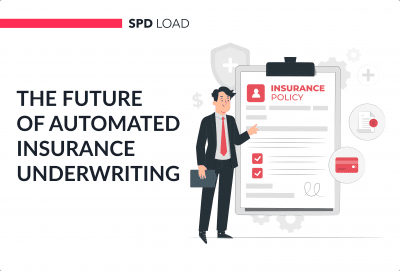Start Your Venture in 2025 with These 15 Tech Startup Ideas
- Updated: Nov 13, 2024
- 24 min
Last year was rough for startups, especially in Europe.
According to an Atomico report, in 2025, start-up funding halved and many early stage companies felt the pinch.
But the start-up landscape is looking up for 2025 and beyond.
The pandemic is slowly disappearing and the economy will bounce back.
Especially the AI sector is strong and demand is growing.
Now is the time for profitable tech startup ideas to shine.
Got a project that will disrupt the tech industry? Now’s the time to do it!
Not a tech person? You can still come up with a tech startup idea.
And if you don’t have one, don’t worry, this guide will walk you through 15 tech startup ideas for 2025.
We’ll cover entertainment, healthcare startups, security, environment and more.
Dreaming of creating a unicorn? Here’s how to find an idea for a unicorn startup.
Explore our app development services today
An Overview of the Tech Market Growth
A recent report from Crunchbase looked at startup funding worldwide in January.
They found that startups received about $22 billion in funding during this time, which is a bit less than usual.
Most of this money ($10 billion) went to more established startups, while newer startups got around $9.4 billion for early-stage projects and $2 billion for seed funding.
Even though overall funding was a bit lower, some areas like Artificial Intelligence (AI) saw a lot of investment.
Some startups did really well and got more valuable (“up rounds”), while others, like Quora, saw their value go down (“down rounds”).
In the tech industry, some companies continued to let employees go, although not as many as before.
Looking ahead, investors think funding will stay about the same unless more companies start going public (IPOs). If that happens, investors might be willing to take more risks and put more money into startups. 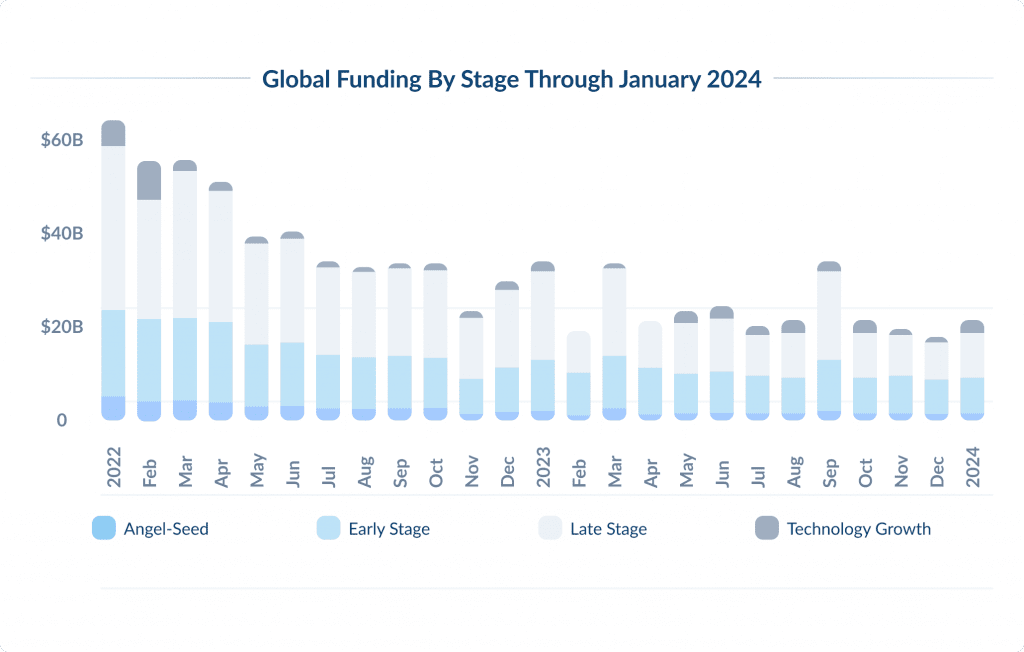
Thinking about creating an investment app? Our investment app development guide has you covered.
Let’s take a look at some of the tech startups that have recently raised funding.
First up is Aleph Alpha. They want to be Europe’s OpenAI.
They want to make AI understandable and trustworthy for businesses and governments.
Founded in 2019 by Jonas Andrulis in Heidelberg, they just raised over $500m with Innovation Park Artificial Intelligence leading the way.
Another European challenger to OpenAI and Google, Mistral, based in Paris, just went unicorn after raising €385m. The round was backed by Andreessen Horowitz, Nvidia and Salesforce.
Founded by former Google DeepMind and Meta researchers, Mistral is building open-source large language models.
Those are just 2 of the big startup fundings and every day there are many other cool ventures that raise funding. One day yours will too!
Let’s get into the 2025 tech industry outlook and the trends and strategies that tech leaders will be focusing on this year and beyond.
Angling for a Comeback with Cloud, AI, and Cybersecurity
Despite the challenges of the past few years the tech industry is set to comeback.
Economists have downgraded recession risk and analysts expect 2% growth in 2025.
Enterprise spending on cloud services will be the engine of growth.
By choosing cloud-based app development, companies can ensure their applications are accessible and scalable.
Companies will continue to move workloads to the cloud for scalability, flexibility and cost savings.
AI is on the rise, from predictive analytics to personalized experiences. Tech companies will try generative AI to boost efficiency and productivity.
As threats persist, investing in solid cybersecurity will be key to protecting data and systems.
Learn about effective bot attack prevention strategies to safeguard your site and data.
Balancing Globalization and Self-Reliance
The tech industry is global so it’s exposed to risks like geopolitical unrest, supply chain volatility and regulatory changes.
Tech leaders need to balance global collaboration and building self-reliant systems.
Next year generative AI will be transitional. Tech companies will experiment with applications that boost efficiency and productivity.
Whether it’s automating tasks, generating content or optimizing processes, AI innovation will be the key.
Preparing for Regulatory Requirements
As new regulations and policies come out, tech companies need to move fast. Staying on top of compliance and adjusting business accordingly will be
key.
In summary the tech industry is set for a wild year ahead, driven by innovation, investment and adaptability. Tech leaders who get this right will be ready for the future.
Now let’s get into the tech business ideas you can build this year.
Let's make your dreams a reality!
15 Tech Startup Ideas for 2025
2025 is a great time for tech startups! Whether you’re experienced or just starting out, here are 15 cool startup ideas to think about. We’ve explored the market cap, challenges to solve, development costs, and expertise required. However, the software development pricing is just an approximation since it depends on various factors.
You can calculate app development costs with our calculator.
Now, let’s move on to the startup ideas for 2025.
AI-Driven Virtual Assistants for Businesses
AI software development is on top of our tech startup ideas for 2025.
Here’s a glimpse of the market state and some notable examples of startups in this domain.
The Intelligent Virtual Assistant (IVA) market is booming now. Mainly because there is a growing need for more efficient service-based businesses.
In fact, the global IVA market reached $2.48 billion in 2022.
It is projected to grow at a compound annual growth rate (CAGR) of 24.3% from 2023 to 2030.
So, what exactly do IVAs do? These tools act as customer service providers. They deliver product information, assist with navigation, bill payment, and direct queries to human agents.
IVAs are highly needed in retail, online banking, IT, automotive, and other profitable industries.
Here are a few things to remember if you decide to go with this tech startup idea:
| AI-Driven Virtual Assistants for Businesses | |
| Challenges to solve |
|
| Market Competition |
|
| Software Development Cost | Rates for a custom-built AI chatbot start at approximately $6000. |
| Expertise required |
|
AI assistants are here to make your business operations smarter and more efficient!
CLTV calculator gives companies a way to see the long-term revenue potential of their customer base, making it easier to plan ahead.
Innovative AI-Powered CRM Solution
Many businesses are looking for tailored software that can enhance the efficiency of their operations.
Your tech company can cater to their needs and develop custom software that addresses specific business challenges.
We are talking about customer relationship management (CRM) software powered by AI.
The growing CRM market showcases that this is a great and potentially profitable tech startup idea.
The global CRM market was valued at $52.4 billion in 2021 and is projected to grow at a CAGR of 13.3% between 2022 and 2030.
By 2030, the market revenue is expected to reach a staggering $157.6 billion.
SaaS development CRM market grew by 14.14% in 2021, with the market size expected to expand by $44.17 billion between 2020 and 2025.
Thinking of developing your own CRM System?
Here are a few things to consider:
| Innovative AI-Powered CRM Solution Development | |
| Challenges to solve |
|
| This tech starup idea already implemented |
|
| Software Development Cost | The costs associated with developing an AI-powered CRM solution can vary based on factors like:
The development cost starts at $35000 – $50000. |
| Expertise required |
|
To develop your AI-powered CRM solution, you need a multidisciplinary team to deliver a scalable, secure, and user-friendly platform that enhances customer engagement and business productivity.
Explore how CRM in recruiting can transform your hiring process and improve candidate relationships.
Looking for inspiration? Here are the best SaaS startup ideas making waves in the market.
EdTech Platform
Another suggestion in our list of best tech business ideas is the edtech platform.
Ed tech startups are on a mission to revolutionize the way people learn and teach. This is a great goal, and it is completely achievable with a reliable tech partner by your side.
In the end, learning is a life long process, and it will always be in demand.
Let’s explore the market trends.
The global education technology market has been growing rapidly for the past five years. It is driven by technological advancements and the increasing adoption of digital learning solutions
A Grand View
Research report indicated that the global EdTech market is expected to grow at a CAGR of 13.4% from 2025 to 2030.
Another report by Straits Research states that the EdTech market was valued at $05.48 billion in 2021 and is projected to reach mindblowing $436.68 billion by 2030, growing at a CAGR of 17.10% during the forecast period.
According to another source, Virtuemarket Research, the EdTech market is projected to reach $344.72 billion by the end of 2030, with a CAGR of 14.1%.
Even though the numbers vary, it is obvious that the trend is positive.
Here are a few things to consider if you choose to build edtech solutions:
| EdTech Platform Development | |
| Challenges to solve |
|
| Market Competition |
|
| EdTech Software Development Cost | During the research and development (R&D) phase, companies invest in skilled professionals (developers, designers, researchers). On average, the price can range from $100,000 to $500,000. |
| Expertise required |
|
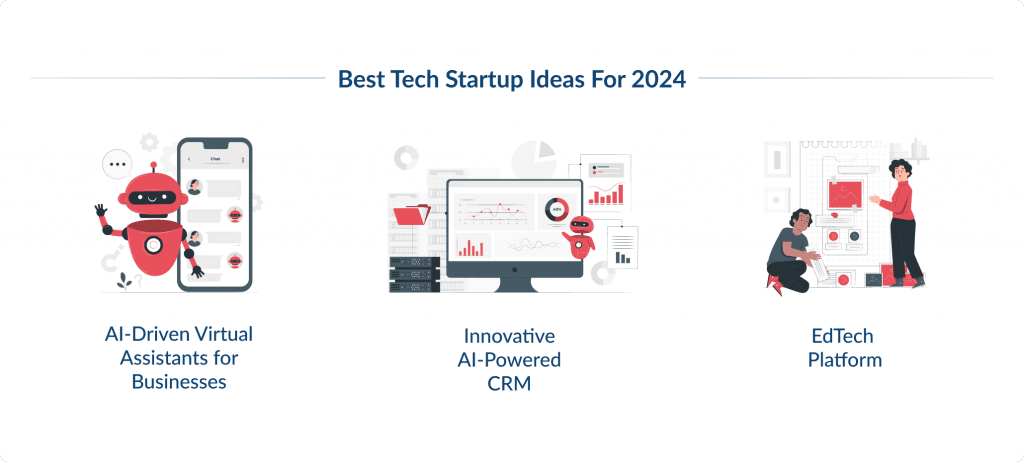
Financial Fraud Detection and Prevention Apps
The need for security never ceases. So, developing a fraud prevention app is always a good idea.
For example, you can develop advanced algorithms to detect fraudulent activities in financial transactions. This can benefit banks, e-commerce platforms, and other businesses by safeguarding against fraud. Looking to launch an eCommerce business? Check out these eCommerce startup ideas for fresh inspiration.
These apps are crucial in safeguarding financial institutions, businesses, and consumers from fraudulent activities.
The global FDP market has been witnessing substantial growth.
According to various reports:
The market size was valued at USD 43.97 billion in 2023 and is projected to grow to USD 255.39 billion by 2032, exhibiting an impressive CAGR of 21.8% during the forecast period (2024-2032).
Another report suggests that the market will reach USD 126.69 billion by 2029, growing at a CAGR of 21.48%.
Additionally, the market is expected to grow at a CAGR of 17.6% from 2023 to 2030, driven by factors such as increased sophistication of cyberattacks and rising online fraud.
Thinking of launching a financial app? Our fintech app development guide covers it all.
| Financial Fraud Detection and Prevention App Development | |
| Challenges to solve |
|
| Market Competition |
|
| Software Development Cost | Initial research and development costs can range from $100,000 to $500,000. |
| Expertise required | Proficiency in relevant programming languages (Python, Java, etc.). Data Science and Machine Learning Developing robust fraud detection algorithms. Training AI models with the latest data on fraudulent activities. |
Remember that these apps continuously evolve to stay ahead of fraudsters. As the threat landscape changes, FDP apps will play a pivotal role in maintaining trust and security in financial transactions!
Thinking of building a fintech app? Check out our guide for the best fintech app ideas.
Let’s chat to figure this out!
Telemedicine platform
The global telemedicine market has been experiencing significant growth.
2023: $114.98 billion
17.96% CAGR 2024-2030
Since the pandemic has affected millions globally, there is a growing need for healthcare services. People want healthcare services to be more accessible and available on mobile devices.
Let’s dive into telemedicine platforms, market size and some examples:
| Telemedicine Platform Development | |
| Challenges to solve |
|
| Market Competition |
|
| Telemedicine Software Development Cost | Telemedicine platform development costs $150,000-$250,000+. |
| Expertise required |
(Python, JavaScript, or relevant frameworks)
|
Telehealth apps are expanding healthcare access. They continue to evolve to meet patient needs. That is why a telemedicine application is on our list of best tech startup ideas.
Elderly Care Tech
Another tech startup idea we would like you to pay attention to is the elderly care application.
The senior care technologies market reached $43.38 billion in 2022.
It is expected to grow by $76.23 billion by the end of 2032.
There are several reasons behind this growth.
The first one is a demographic shift, particularly in the US.
The number of adults aged 65 and older is expected to grow to almost 81 million by 2040.
This means there are more people who require special treatment and care.
However, there is a shortage of healthcare professionals and lack of technologies to meet this growing demand.
Emerging technologies like the Internet of Things (IoT) and Augmented Reality (AR) are expected to play a critical role in addressing seniors’ healthcare needs.
Tech entrepreneurs can meet this market demand and develop solutions catering to the needs of elderly populations.
These can be remote health monitoring devices, smart home adaptations, and social connectivity platforms.
Here are a few things to consider before you decide to enter this tech space:
| Elderly Care Tech Development | |
| Challenges to solve |
|
| Market Competition |
|
| Software Development Cost | The costs to create elderly care tech can vary based on factors like development complexity, hardware requirements, and regulatory compliance. The development costs start at $ 30,000. |
| Expertise required | Specialists who can create user-friendly interfaces and integrate hardware components. Knowledge of data encryption, secure communication protocols, and compliance with HIPAA or other relevant regulations. If patient data security is a priority, check out these best HIPAA-compliant chat apps. |
Technical expertise, healthcare knowledge, and a focus on user experience.
These elements are essential to bring this tech startup idea into life.
Innovation is the key to leadership. Here’s how to win the technology race in the healthcare industry.
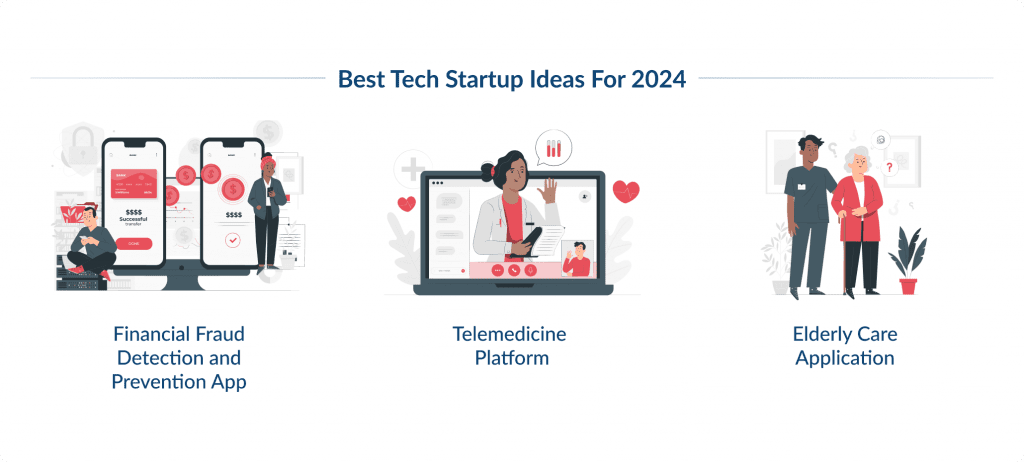
Personalized Fitness App
Are you into sports? Then, it would be a great idea to develop your very own fitness app that will help people feel their best! With the right approach, it can be a great earning opportunity, too.
The global Fitness App market was valued at USD 3.7 billion in 2022 and is expected to grow rapidly, reaching USD 18.4 billion by 2028 with a high annual growth rate.
Fitness apps are booming — learn the steps to make your fitness app and succeed in this growing market.
Excited to join the club?
Here’s what you need to know first:
| Personalized Fitness App Development | |
| Challenges to solve |
|
| Market Competition |
|
| Software Development Cost | A fitness app usually costs about $37,500 to build. However, the total cost can be as low as $25,000 or as high as $50,000. |
| Expertise required |
|
Developing successful personalized fitness requires expertise in health and fitness, software development, AI, and user experience design.
The goal is to create engaging fitness experiences tailored to individual needs, empowering users to achieve their wellness goals.
Check out some of the best fitness app ideas you can build in 2025.
Digital Mental Health Solution
Mental health has been neglected for many years, and now, people finally understand its importance.
Mental health apps can be a game-changers for many people, helping them to track their mental wellbeing, deal with anxiety, and find specialists who can understand and support them
If that is something you find important, you can develop a mental health app or a meditation app.
The mental health apps market is expected to go from around $5.72 billion in 2023 to a much larger $16.50 billion by 2030.
Government efforts in many countries to raise mental health awareness are also picking up the demand for these apps.
| Digital Mental Health Solution Development | |
| Challenges to solve |
|
| Market Competition | Major players like Calm, Headspace Inc., and Happify, Inc. held a significant share of the mental health apps market in 2022. These companies partnered with other firms to make their services more accessible worldwide. For example, in July 2023, Calm teamed up with Spotify, a music app, to offer mental wellness services through the music streaming platform. Want to launch the next Spotify? Here’s how to create a music streaming app that rocks. Furthermore, other companies like Mindscapes, MoodMission, and Sanvello Health are working on more advanced services to expand their global presence. |
| Software Development Cost | Such a solution may cost from $60 000 to $150 000 and more, depending on feature complexity, and development team rates. If you’re looking for strategies to boost your remote team’s performance, check out this guide on high-performance remote teams. |
| Expertise required |
|
Developing successful digital mental health solutions requires expertise in healthcare IT outsourcing.
It also involves knowledge of technology and design.
Virtual Shopping Assistant
Virtual shopping assistants have become increasingly popular these days.
Still, there are a lot of innovative features that can enhance their capabilities.
This can be your next profitable venture.
| Virtual Shopping Assistant Development | |
| Challenges to solve |
|
| Market Competition |
|
| Software Development Cost | The cost to develop virtual shopping assistants depends on factors like:
For example, a basic AI-powered shopping assistant that recommends products based on purchase history might cost $30,000 to develop. Selecting the right hosting solution is key to your SaaS success. Learn about the best options in our guide to hosting for SaaS. |
| Expertise required | To build successful virtual shopping assistants, you’ll need expertise in:
|
The examples we provided showcase how virtual shopping assistants can enhance the customer experience, streamline navigation, and boost sales in the online retail world.
This is one of the technology business ideas that are perfect for ecommerece businesses.
Learn more about how to start and scale your online retail in their blog where we share 6 best practices to scale your e-commerce business.
Check out our guide for the best business strategies
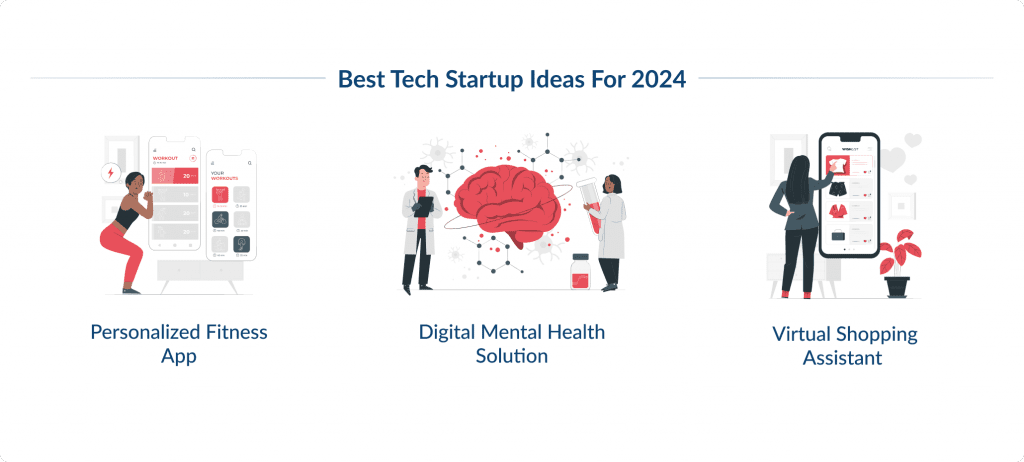
Interactive Content Creation Tool
Social media is huge; you can’t ignore that.
If you want a tech startup idea related to social media, a content creation tool can be the one for you.
It can be an interactive storytelling app, AR filters for social media or user generated content platforms.
This trend will continue beyond 2025.
Augmented reality is reshaping industries. Check out the latest AR statistics to see its impact.
| Interactive Content Creation Tool Development | |
| Challenges to solve |
|
| Market Competition |
|
| Software Development Cost | The cost of developing an interactive content creation tool can vary greatly depending on features, complexity and scale. Simple: $40,000 – $120,000 Medium: $120,000 – $200,000 |
| Expertise required |
|
Emotion Detection and Analysis App
Thinking of more entertaining solutions? We’ve got you!
You can leverage AI and machine learning to analyze emotions from facial expressions, voice tone, or text. Sounds cool? We know!
Applications like these include mental health support, customer sentiment analysis, and personalized marketing.
Learn how to craft effective email marketing strategies for startups to boost engagement.
Let’s dive in.
| Emotion Detection and Analysis App Development | |
| Challenges to solve |
Emotions can be expressed through various channels (text, voice, facial expressions, gestures).
Developing models that account for context and individual differences is crucial.
Real-time emotion detection requires low-latency algorithms.
|
| Market Competition |
|
| Software Development Cost | The cost of developing an emotion detection app depends on several factors, such as the development team, complexity, infrastructure, and more. It costs between $40,000 and $120,000 to build a simple app; The price of a medium app ranges between $120,000 and $200,000 |
| Expertise required | To build successful emotion detection apps, you’ll need expertise in:
|
Smart Home and Building Management Systems
Thinking about a smart home technology startup? Nice choice!
Then, you can build intelligent tech solutions that optimize energy usage, security, and comfort in homes and commercial buildings.
There are many advanced features you can develop. For example, automated lighting, climate control, and surveillance. Let’s explore further.
The smart building market was valued at $ 96.96 billion in 2023.
It is projected to grow to an impressive $568.02 billion by 2032, at a CAGR of 21.8% during the forecast period.
Here are a few things to remember if you want to elaborate on this startup idea.
| Smart Home and Building Management Systems Development | |
| Challenges to solve |
|
| Market Competition |
|
| Software Development Cost | Basic Smart Home System: $50,000 – $100,000. Advanced Smart Home/BMS: $100,000 – $500,000 or more, depending on the complexity and scale of the project. |
| Expertise required |
|
Remember that these systems should enhance convenience, energy efficiency, and safety in homes or commercial buildings. 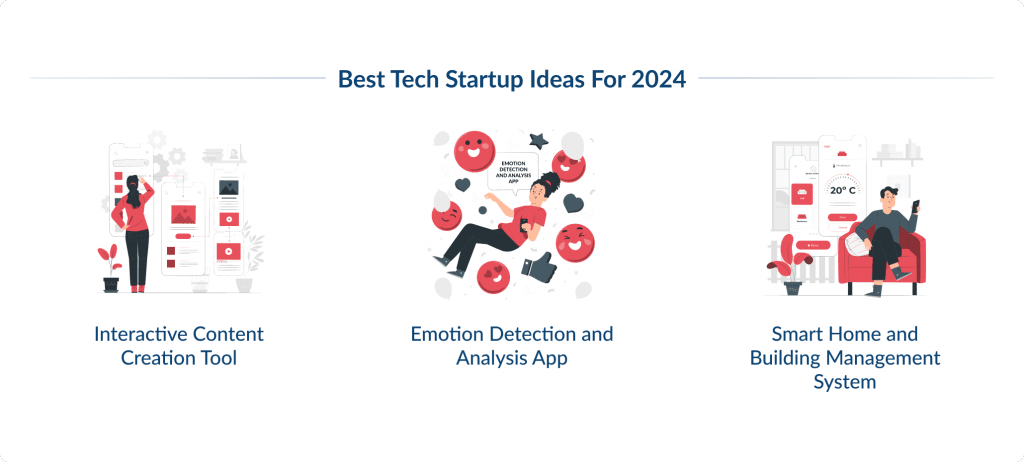
Automated Legal Document Generation App
Another business idea is a legal tech startup.
This startup should be about simplifying legal processes with a system that can create contracts, agreements and other legal documents.
It will save time and reduce errors for lawyers and businesses.
The global legal tech market is growing fast. And generative AI is a big part of that.
AI tools like ChatGPT and Bard are driving automation in the legal space.
The market will be $50 billion by 2027.
Let’s look at some Legal Document Automation Software options along with their challenges and software development costs.
| Automated Legal Document Generation App Development | |
| Challenges to solve |
|
| Market Competition |
|
| Software Development Cost | Such software costs between $30,000 to $50,000, custom solutions are more expensive and vary based on complexity. |
| Expertise required | Knowledge of languages like Python, JavaScript or relevant frameworks is useful. Data scientists and ML engineers can fine tune AI-driven solutions. |
If you build a legal document automation tool, you can help companies save time, reduce errors and improve collaboration within legal teams!
Sustainable Energy Management Solutions for Households
A sustainable energy management solution is a great tech startup idea if you want to build a solution that promotes energy efficiency, reduces carbon footprints, and ensures a greener future.
The global Energy Management System (EMS) market is seeing significant growth.
This trend is driven by energy utilization in residential and commercial spaces.
By 2032, the EMS market is projected to reach an impressive $112.32 billion.
EMS caters to various sectors, including smart homes, commercial buildings, and industrial complexes.
It is pivotal in property safety, automation, energy distribution, design, and e-mobility.
Governments worldwide digitize national energy systems to enhance efficiency and promote sustainable energy.
EMS can help companies reduce energy consumption by up to 30% and ensure operational efficiency and safety.
If you decide to build a sustainable energy startup in 2025, here are a few things you need to consider:
| Sustainable Energy Management Solutions for Household Development | |
| Challenges to solve |
|
| Market Competition |
|
| Software Development Cost | The total cost of developing sustainable energy management software can range from approximately $65,000 to $300,000. |
| Expertise required | Specialists with proficiency in relevant programming languages (Python, Java, etc.). UX/UI designers to build user-friendly interfaces for the platform. |
This startup will drive a positive change. As we move toward a cleaner and greener future, their innovations play a vital role in shaping our energy landscape!
Blockchain-Based Supply Chain
Blockchain possibilities go far beyond cryptocurrencies.
This technology can revolutionize many industries, supply chain, secure voting systems, and decentralized finances are being just a few of them.
Let’s consider your decision to go with a blockchain-based supply chain.
It involves networks of suppliers, manufacturers, distributors, retailers, auditors, and consumers.
| Blockchain-Based Supply Chain Development | |
| Challenges to solve |
|
| Market Competition | SkyCell creates smart refrigerated containers with IoT sensors for global medicine transport. Their solution tracks drugs geolocation, temperature and humidity in real-time. Verifies safe and secure transport through blockchain. |
| Software Development Cost | Building and developing a minimum viable product (MVP) for blockchain supply chain software costs between $80,000 to $150,000. A full blockchain supply chain solution with private network and smart contracts costs between $400,000 to $1,500,000 or more. |
| Expertise required |
|
To build a blockchain supply chain solution you will need input from supply chain experts, software developers and blockchain specialists. This will help you tackle the challenges and deliver features that bring transparency, efficiency and trust to the supply chain. 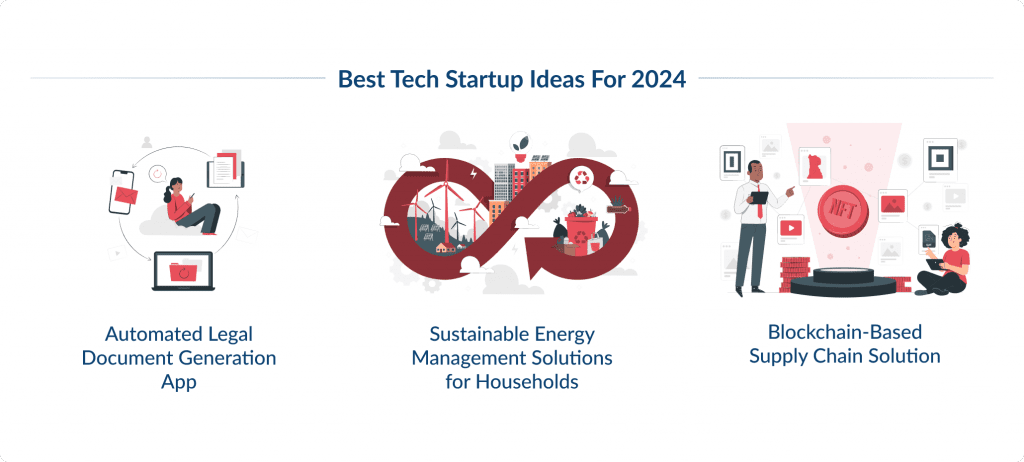
How to Start a Tech Startup?
Startup space is both an ambitious and exciting endeavor.
Although outsourcing startup development may seem simple and straightforward, there are a lot of pitfalls and challenges along the way.
But don’t worry – we’re here for you.
Ar Spdload, we have been working with startups for over 10 years now. And we would be happy to share some guidelines that can help you make your business successful.
Let’s go!
First, you need to identify what problem you are going to solve.
Let’s take Airbnb. They found out travelers struggle to find affordable and unique accommodations. This led to the development of their innovative platform for short-term rentals.
Once you’ve identified the problem, brainstorm and develop a unique solution.
Consider how your solution can provide significant value or convenience to users compared to existing options.
Then, you need a business plan!
Outline your startup’s vision, goals, target market, competitive analysis, revenue streams, and operational plan in a business plan.
Define your unique selling proposition (USP) and market positioning to differentiate your startup.
Use tools like business model canvases or pitch decks to communicate your startup’s value proposition clearly.
Is your business plan looking good? Nice, now it’s time to make it work.
Develop a minimum viable product (MVP) or prototype to demonstrate the core functionalities of your tech startup.
Develop essential features first. They should address the main problem you are solving.
You also need to assess your funding needs and explore different funding sources.
These can be personal savings, angel investors, venture capital, or crowdfunding platforms.
Prepare a compelling pitch deck that highlights your value proposition, market opportunity, and growth potential.
You can seek mentorship from experienced entrepreneurs or join startup accelerators to find funding opportunities.
Learn how to launch an MVP and build momentum for your startup’s growth.
To develop a working tech solution, you also need a team.
Look for team members who share your passion and vision for the startup.
In this article, we’ve covered everything you should know about hiring developers as a startup.
If you are looking for a team of professionals who can help you develop your startup from scratch – we are here for you.
You can count on us whether you need product discovery, MVP development, app development, design, testing, and maintenance.
Just contact us now and share your ideas to kick off the successful collaboration.





